When a company wants to accelerate growth, they often turn to a tried and tested approach that has helped thousands of organizations become more profitable: the business operating system.
An operating system is a model you use to run your business that can help you grow exponentially. Business operating systems are often described as the playbook that keeps your entire team working together in pursuit of a shared goal. You define your mission, strategy, expectations, procedures, processes, and accountability for outcomes through your business operating system. Without one, your team may experience upsets in progress that could deter you from attaining growth goals.
In this article, we’ll discuss the main benefits of running on a business operating system and ways to help you choose which will help your business grow.
Main Benefits of a Business Operating System
Whether you’re clarifying your strategy to employees or onboarding new team members, you’ll have comprehensive best practices to refer to that help explain how your company runs:
- Every aspect of your business is covered.
- Company strategy and goals are easy to communicate.
- Leadership can focus on the company vision while empowering teams to take on general administration of the business.
- You’re always ready with credible tests for business health and success.
Popular Business Operating Systems
Modern business operating systems have evolved from helping businesses start up to helping them scale up. Here are two of the most popular.
EOS®
Origin: EOS® was introduced by Gino Wickman in his book, Traction: Get a Grip on Your Business. He is also the founder of EOS® Worldwide.
In A Nutshell: EOS®, which stands for “Entrepreneurial Operating System,” is a strategy for a company to strengthen the six key elements of any organization known as the EOS® Model: Vision, People, Data, Issues, Processes, and Traction.
Key Advantages: According to EOS® Worldwide, “By mastering this simple way of operating, leadership teams of growth-oriented companies systematically and permanently improve.” The EOS® Process boosts each key element of your business and incorporates the EOS® Toolbox to manage them efficiently and effectively, with the end goal of scaling your business for growth.
Scaling Up
Origin: Scaling Up was explained by Verne Harnish in his book, Scaling Up: How a Few Companies Make It…and Why the Rest Don’t.
In A Nutshell: Verne Harnish also authored Mastering the Rockefeller Habits, which is the core curriculum for the Entrepreneurial Master’s Program (EMP) at Massachusetts Institute of Technology (MIT). Scaling Up is often referred to as Rockefeller Habits 2.0 and was formally called Gazelles. The model compels organizations to strengthen four main areas of their business: People, Strategy, Execution, and Cash.
Key Advantages: Scaling Up offers companies tools that help executives free their time to focus on growing their business as employees align to execute the growth plan. Coaching helps implementation, learning makes worldwide resources available, Scaling Up Scoreboard software keeps tabs on alignment and accountability, and summit events give companies insight and inspiration.
How Are EOS® and Scaling Up Different?
While EOS® and Scaling Up share common principles to help you achieve your goals, they differ in the following ways.
- EOS® considers itself an “operating system” while Scaling Up considers itself a “performance platform.” It may be a matter of semantics. However, the term “entrepreneurial operating system” tracks more evenly with the term “performance platform”; both offer leaders the opportunity to add capabilities that integrate seamlessly in the process.
- The original inspirations for each system are different. The book Traction is based on the ideas of Gino Wickman alone and his best practices for business growth. The book Scaling Up is based on the ideas of 40 thought leaders and their best practices for business growth.
Other Business Operating Systems
OKRs
Origin: OKRs was introduced by Andrew S. Grove in his book High Output Management and was recently popularized by John Doerr in his book Measure What Matters.
In A Nutshell: OKR stands for Objectives and Key Results. OKRs are the simplest and most flexible operating framework. They address what a company wants to achieve by defining how to achieve it with quantitative targets to render specific, measurable results called Key Performance Indicators (KPIs).
Key Advantages: OKRs focus exclusively on execution and has been widely adopted and referenced. You can easily incorporate ORKs into other business operating systems.
How to Choose an Operating System
Companies running on an operating system have more cohesive strategies for growth, bolder marketing goals, and better ways to identify challenges and problem-solve for success. The key is choosing one that resonates most with you, your business, and your growth goals.
11outof11 for Companies Running on Business Operating Systems
If you want to get the most out of your business operating system and are looking for an agency familiar with the concepts taught in EOS®, Scaling Up, or another operating system, connect with 11outof11. Request a complimentary call with an 11outof11 expert. Contact us to learn more!








.png)






